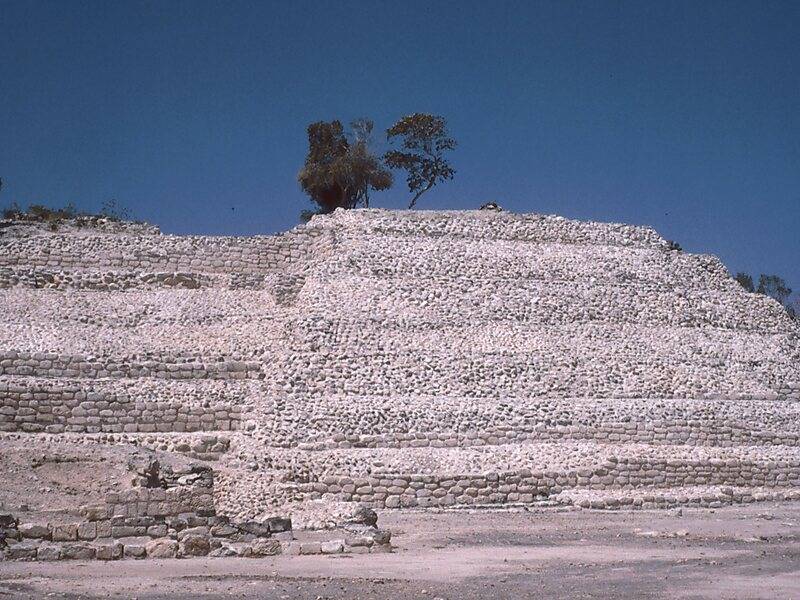Jaina Island: A Pre-Columbian Maya Archaeological Site
Jaina Island, an artificial island located in the Mexican state of Campeche, is a significant pre-Columbian Maya archaeological site. Situated on the Gulf coast of the Yucatán Peninsula, separated from the mainland only by a tidal inlet, Jaina Island is renowned for its role as an elite Maya burial site. The island’s name, translating to “Temple in the Water,” hints at its sacred and ceremonial importance to the Maya civilization.
Get your dose of History via Email
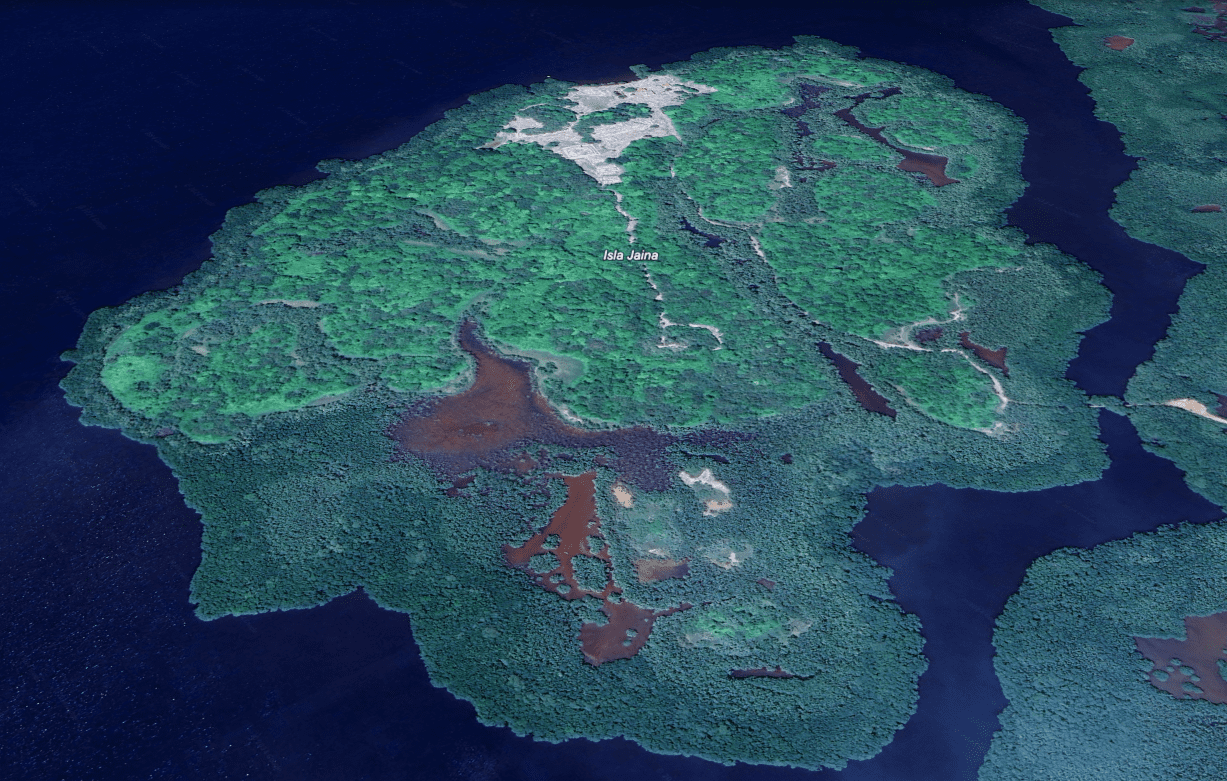
The Archaeological Site of Jaina Island
Jaina Island, along with the nearby Piedras Island, hosted small towns or villages during the Classic Era of Maya history. Archaeological evidence suggests that Jaina was settled around 300 AD and was abandoned around 1200 AD. The peak of its occupation occurred in the Late Classic to Terminal Classic periods, with the present-day ruins comprising two small plaza groups and a ballcourt.
The island is particularly notable for its estimated 20,000 graves, with over 1,000 having been excavated. These graves often contain human remains accompanied by glassware, slateware, or pottery, and notably, one or more fine ceramic figurines. The origin of the individuals buried on Jaina Island is still a subject of research, with connections likely to the nearby regions of Edzna, Chenes, and Puuc.
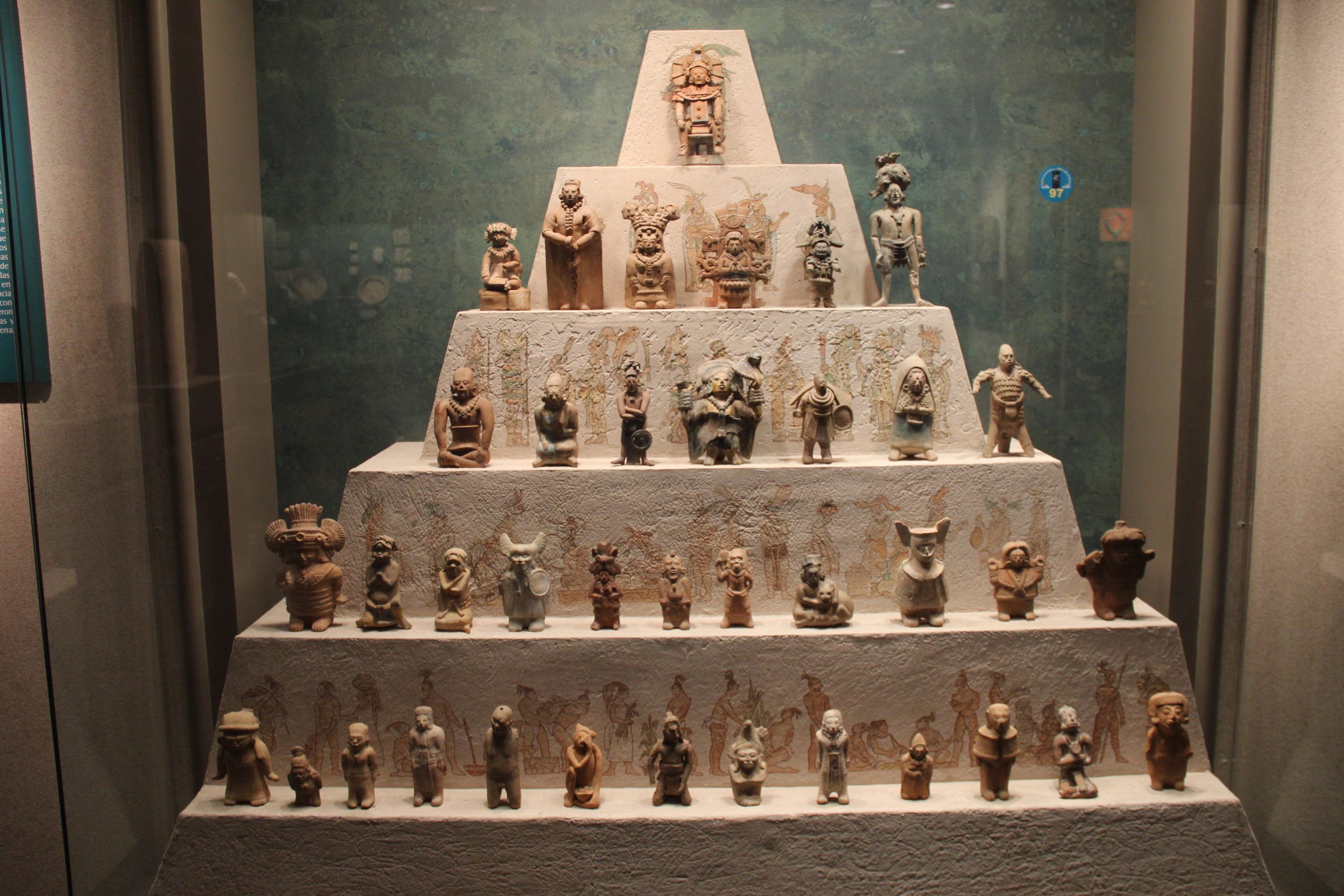
Jaina Style Figurines
The ceramic figurines found on Jaina Island are distinguished by their naturalistic and delicately detailed craftsmanship, considered among the finest in ancient Americas. These figurines, predominantly hollow and often equipped with whistles or clay pellets, were originally painted in ochres and blues. They range in height from 10 to 25 inches and provide a vivid portrayal of Maya elite life, including practices of scarification and indicators of social status.
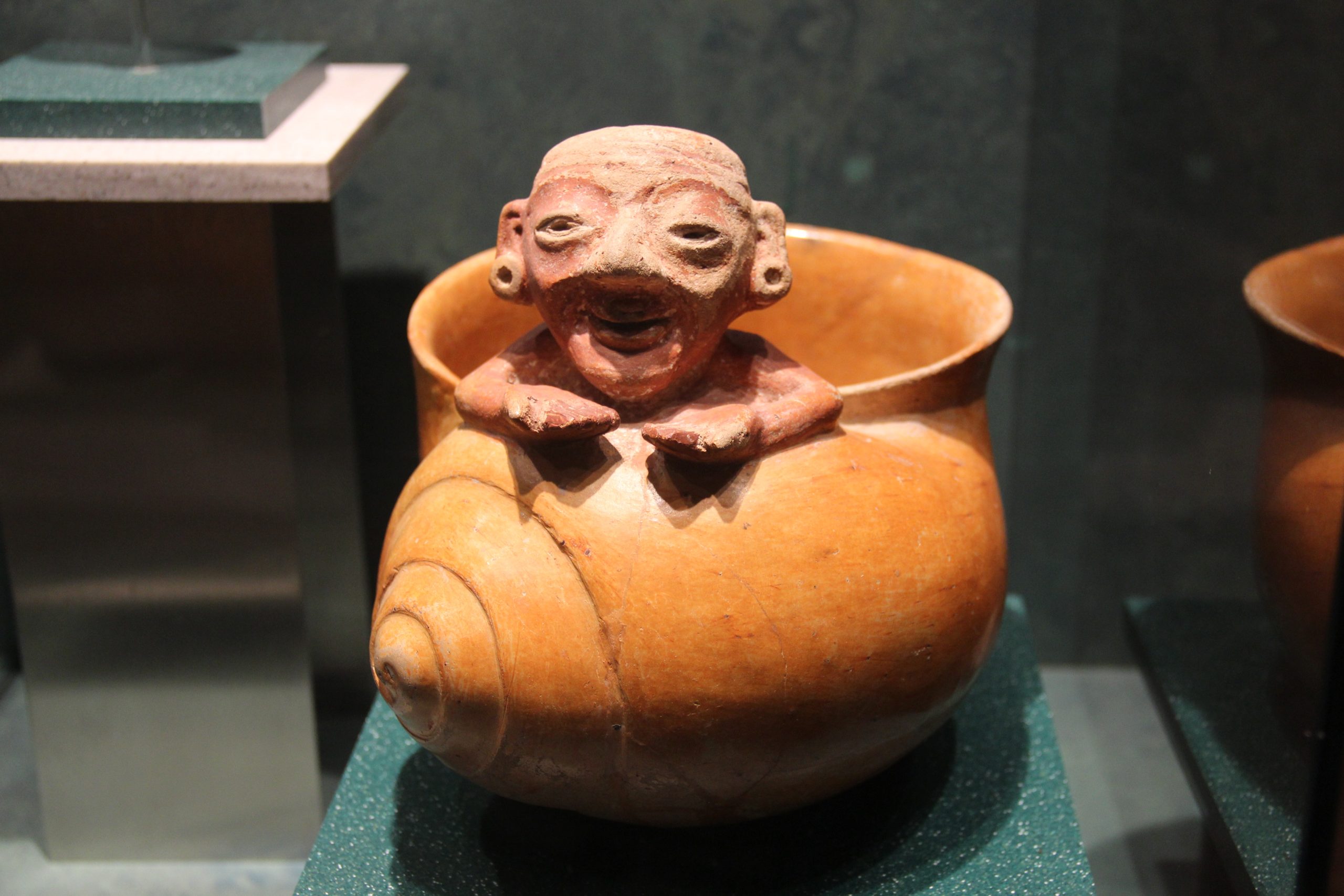
Interestingly, all figurines discovered on Jaina Island appear to have been specifically produced as burial accompaniments. The majority of these figurines, particularly the molded ones, have been linked to workshops at Jonuta, indicating that few, if any, were produced on the island itself.
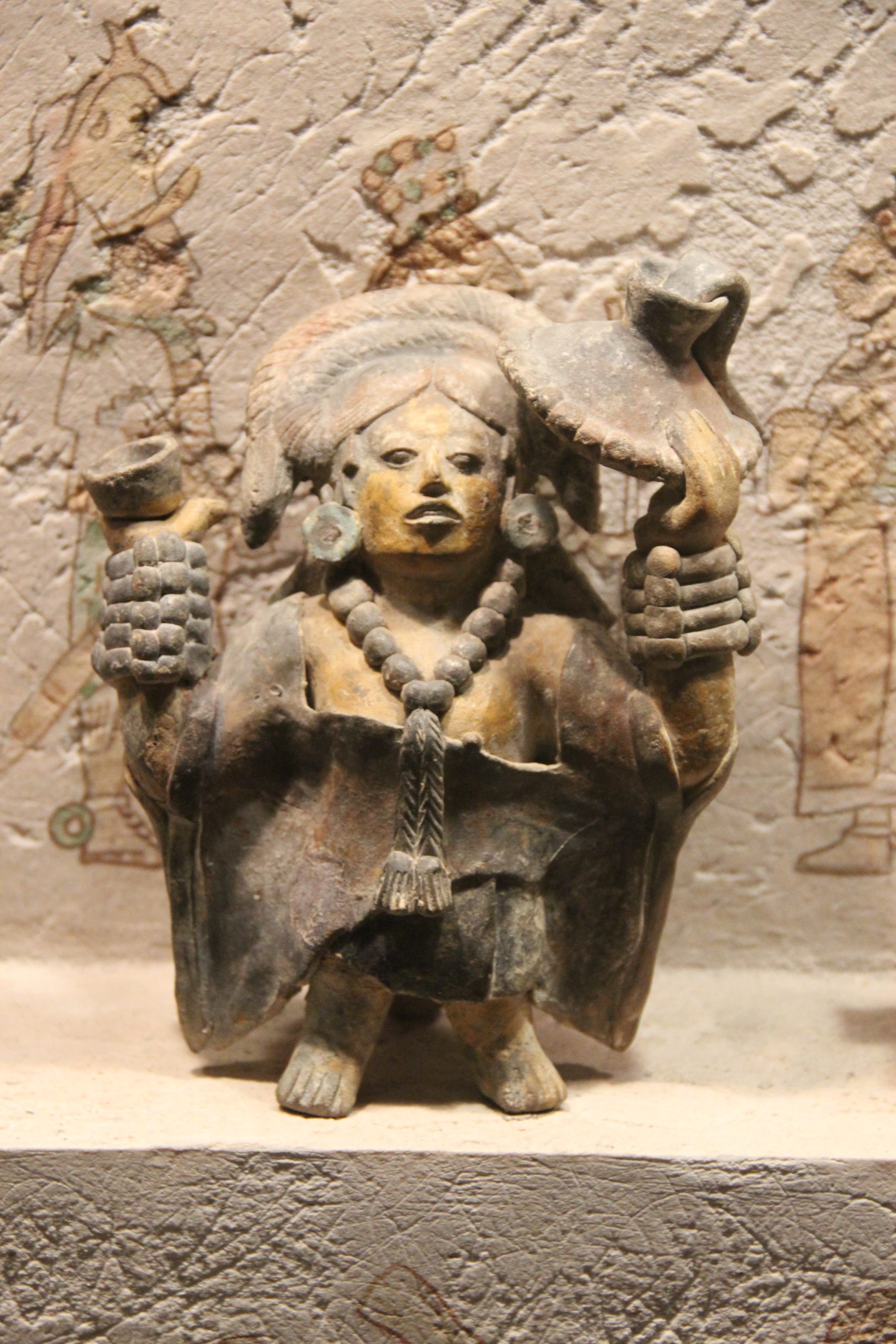
Portraiture and Chronological Phases
The unique and expressive details of the early phase figurines have led some researchers to consider them as genuine portraits, capturing age, status, and expression. However, the exact subjects of these figurines, whether deities, ancestors, or individuals, remain a topic of debate.
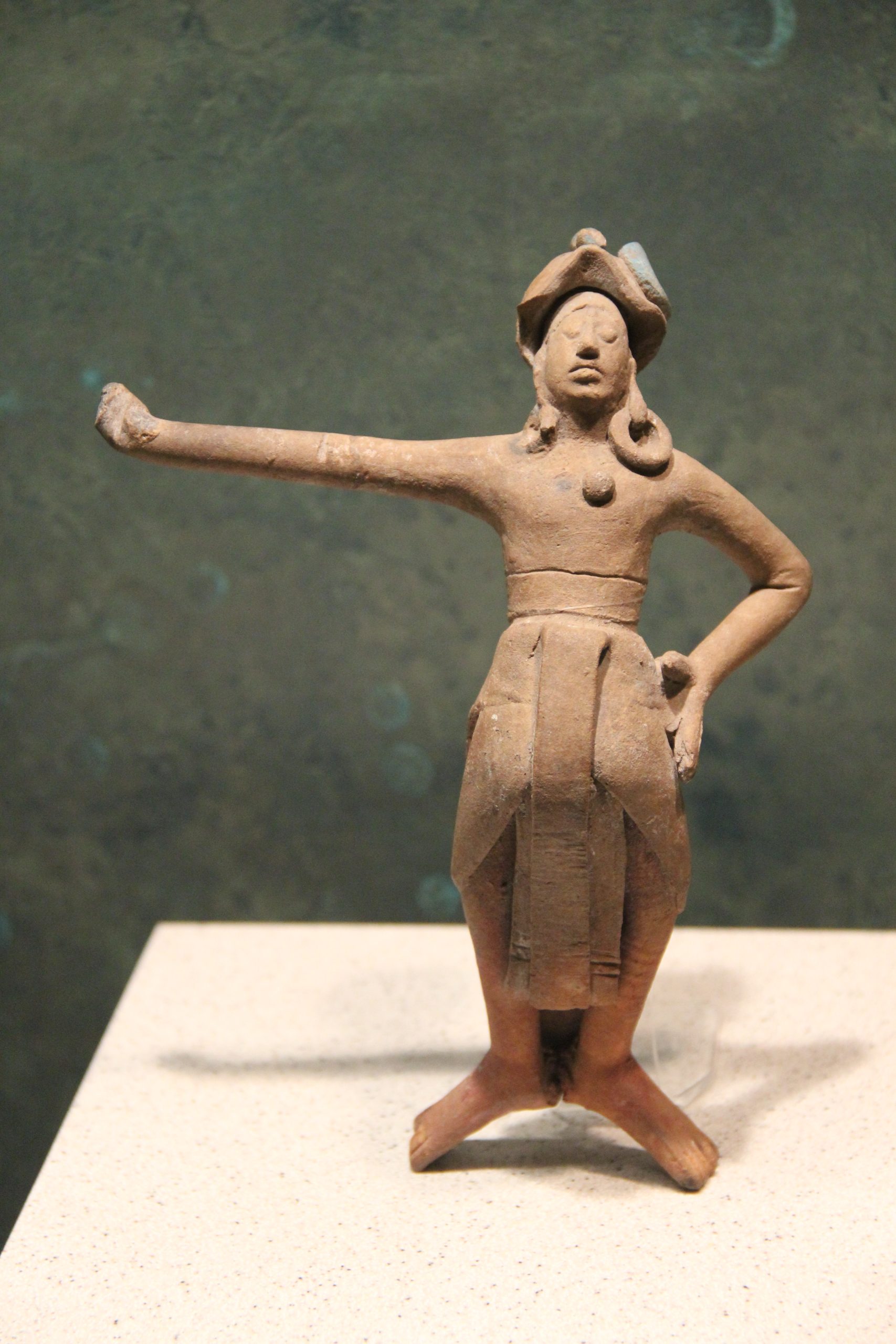
Christopher Corson’s 1975 article proposed three chronological phases based on the figurines’ craftsmanship and production method:
- Phase I (AD 600 – 800): Characterized by hand-modeled figurines with applied pigment, showing a high degree of craftsmanship.
- Phase II (AD 800 – 1000): Marked by the introduction of mold-made figurines, which, while increasing productivity, resulted in less detailed and unique creations.
- Campeche Phase (AD 1000 – 1200): Dominated by molded figurines, often whitewashed, featuring a standing woman with upraised arms, possibly representing a shift in burial practices and ideology.
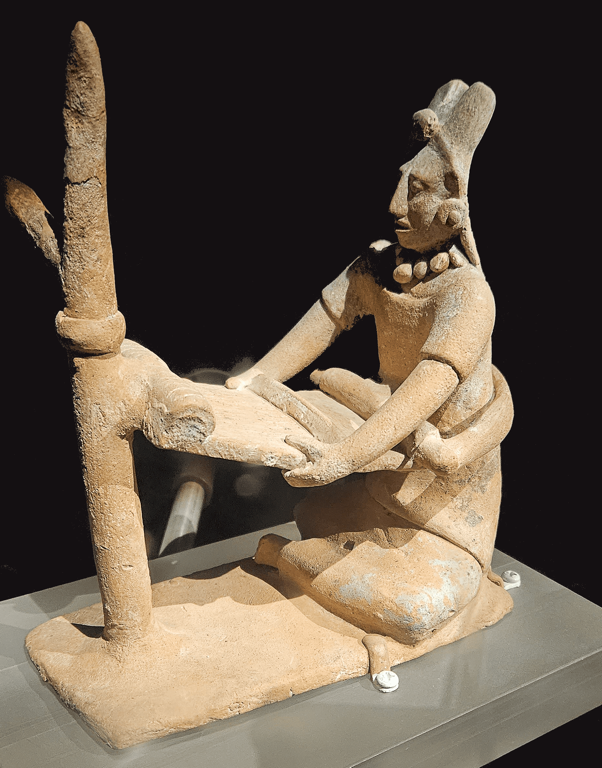
Conclusion
Jaina Island serves as a window into the life and beliefs of the late Classic Maya elite. The archaeological site, with its extensive graves and exquisite ceramic figurines, offers invaluable insights into Maya cultural practices, social hierarchy, and artistic achievements. The ongoing study of Jaina Island continues to enrich our understanding of the pre-Columbian Maya civilization and its enduring legacy.
Sources:

